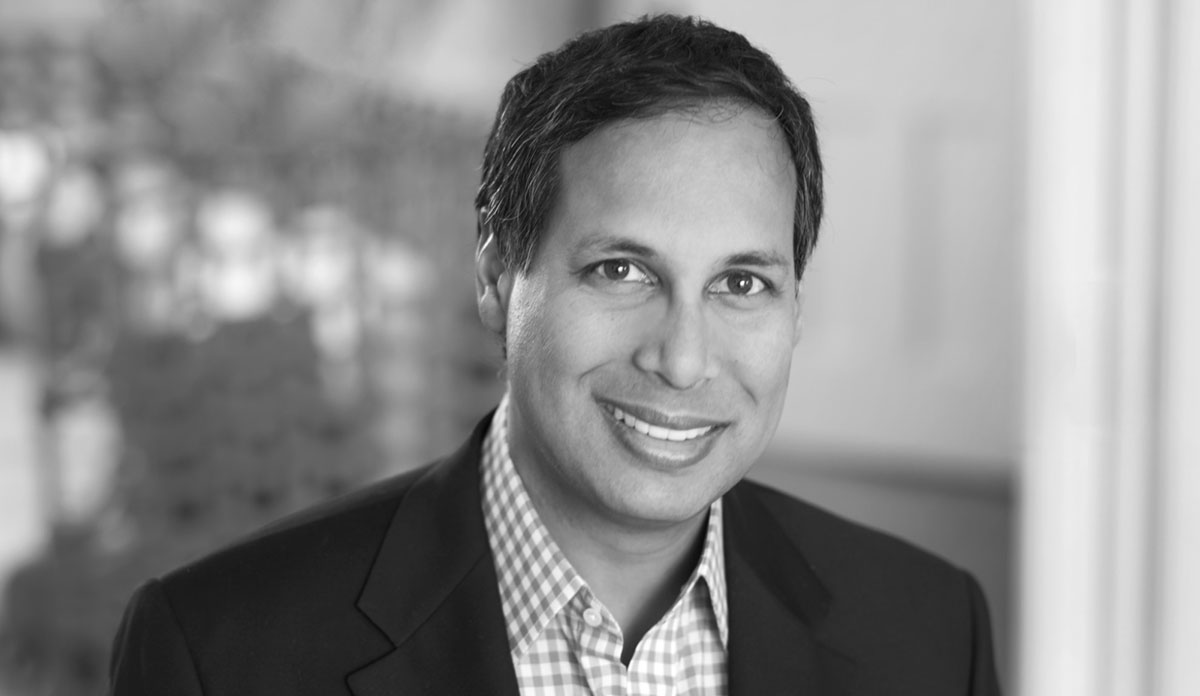In April of 2018, writing fellow Erin Polka and PHP executive editor Michael Stein sat down to speak with Mr. Roy on his ideas of health care reform.
Public Health Post: Could you talk about how to decrease health care spending?
Avik Roy: We pay for health care by saying: “Not only is a third party insurance company going to pay for most of your health care, but a third party is going to buy the health insurance plan on your behalf.” So you really have a 9th party payment because there’s a multiplicative effect of a third party buying a third party form of health care payment for you.
The vast majority of Americans have no sense of what drives their health care cost up or down. They just know when they go to the doctor they’re expected to be covered. And that psychology is not natural to economics. It’s something that we’ve decided to do because of the way we’ve designed our health care system. It doesn’t have to be that way. I think the more we put those choices back in the consumer’s hands the better, and I think the ACA exchanges can help in that regard by helping people who shop for coverage. Creating a competitive setup where you know you have six different plans competing on price would help.
What about technologies that make it an option for consumers or beneficiaries not to have to come into a medical office—can we reduce costs that way?
The conventional health policy person will say: “Well, one of the biggest drivers of increased costs in the health care system is technology.” People really don’t stop to think often enough, I think, of why that’s not true in the rest of the economy where technology helps reduce cost and improve quality.
Telemedicine is a very important part of the new technology—we should have been doing this a long time ago. I think one of the areas where you’re going to see the most opportunity for innovation and delivery of care is the use of machine-learning and particularly computers that have digested the medical literature to assist, if not replace physicians in differential diagnosis. But I think it’s important to appreciate that while those kinds of technologies can reduce costs, they’re not the reason, today, why our health care system is so expensive.
Could you discuss why Medicaid has some of the poorest health outcomes of any health insurance system, and what you would like to see change?
It’s the peculiar way in which Medicaid is designed that has led us to this point. Particularly the fact that it’s jointly run by the states and the federal government, which means it’s not really run by anybody directly.
States have three choices when it comes to Medicaid: they can accept Medicaid spending and increase and raise taxes, they can cut spending on education, and police and fire departments, and other public priorities, or they can basically gradually reduce what you pay hospitals and doctors to see Medicaid patients. And, many states have used all three of those policy options. But, the third, reducing what you pay doctors and hospitals, every state has done that. And it gradually has a big effect; there’s now massive disparities in what Medicaid pays versus what private insurers pay.
Because of these disparities, you create a situation where access to providers is much poorer, particularly for primary care and the everyday maintenance of chronic medical conditions that low-income people have disproportionately. So, what I’ve advocated is that people who are low-income and need health insurance should be put on the exchanges, where they have access to a competitive market of private insurers to help them afford health insurance. There’s no fundamental reason why people below the poverty line should be in a different system than people above the line.
So what do you think the path for universal coverage looks like?
I think both parties, in terms of the partisan stuff, have to fail in a sense to get to the right place. Republicans had to fail on repeal and replace, at least the type of repeal and replace that they were offering, in order to maybe come to a more pragmatic approach to health reform, where the goal of covering more people is part of the equation. And I think on the left, on the Democratic side, the goal of single payer has to fail again.
I think both sides, in a sense, are going to have to fail in their more partisan options before you can come to the table with bipartisan approaches. I hope that’s not the case! I certainly will continue to try to work with the people in both parties who are looking for a more bipartisan approach. And that’s my hope: to find ways again, where both progressives and conservatives can win at the same time.
This conversation was lightly edited for brevity and clarity.
Photo courtesy of Avik Roy.














